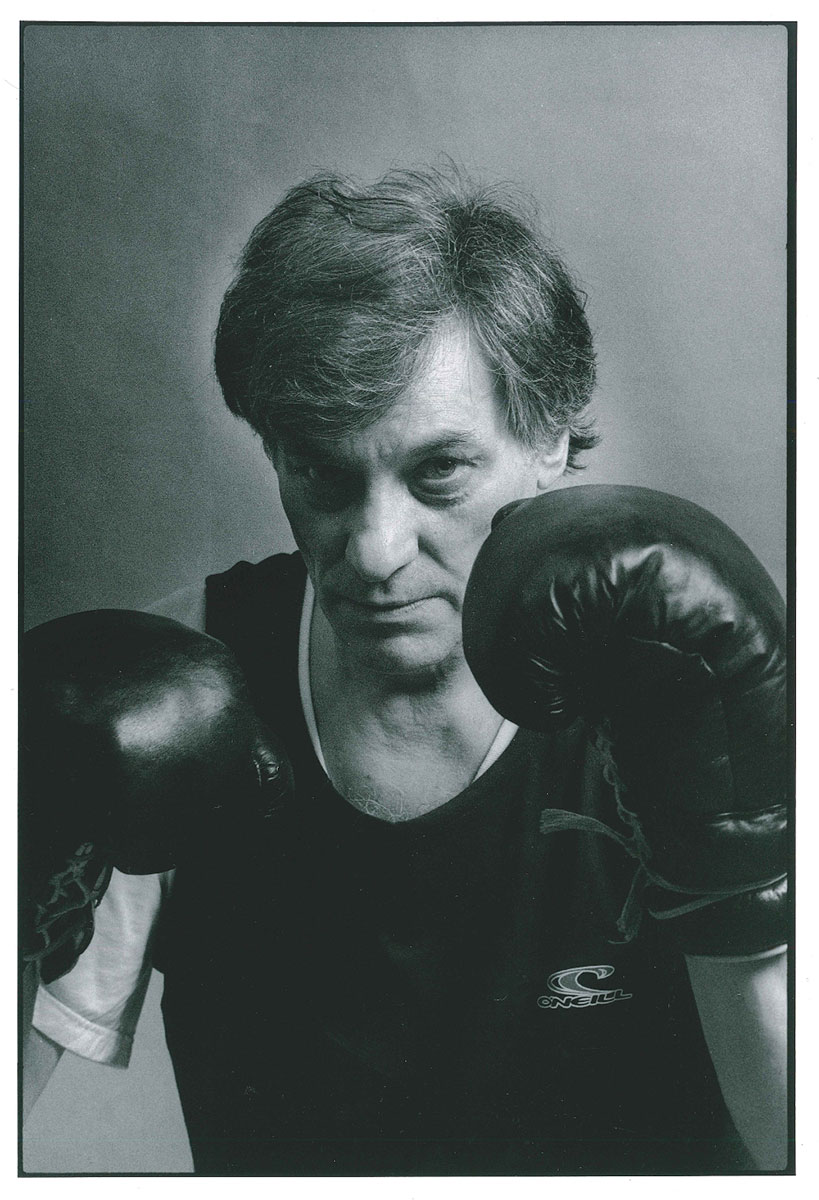In the art world, Belgium is known as the country that produced artistic talents like Panamarenko, Luc Tuymans, and Jan Fabre, but behind them was a curator who knew how to cultivate their careers: Jan Hoet. Hoet was a curator and one of the co-founders behind Stedelijk Museum voor Actuele Kunst (SMAK), the contemporary art museum located in Ghent, Belgium. Hoet also was the director of Documenta IX in Kassel, Germany in 1992. “He was a curator who understood that the artist comes first, and he was passionate beyond belief and dedicated to art and artists throughout his life,” said Art Brussels director Katerina Gregos.
Over his lifetime Hoet — who passed away at age 77 in 2014 — accumulated an art collection that consisted of not just art that he purchased, but also correspondence with artists and gifts from them as well. About 200 of the 500 pieces in Hoet’s collection were put on display for the first time at Art Brussels from April 21-24. Titled Cabinet d’Amis: The Accidental Collection of Jan Hoet, the exhibition provided a poignant look at Hoet’s career and both his personal and professional relationships with artists. “It was a collection that was not build up because of a strategy, because of investment criteria, because of an ulterior motive to do something with it in the future,” said Gregos, who also curated the exhibition. “It was a collection that was built up because of the very close relationships he had with artists.” Added his son, Jan Hoet Jr., “My father was not a materialist. He was not collecting in the sense of I want to have a collection. It was more like coincidental that he took things at home, also to support artists.”
In the exhibition, which was housed in a circular display case, viewers would see things like a portrait of a stern-looking Hoet painted by Tuymans, to a 1991 note by Richard Prince that read” I came home and found my best friend in bed with my wife…” Faxes by Spanish artist Juan Muñoz illustrated the artist’s tumultuous relationship with Hoet, and his hesitation to create work for an exhibition in a short amount of time. A 1986 letter and project proposal for the exhibition Chambres d’Amis by Lawrence Weiner was on display, as was an abstract painting by Raoul De Keyser. A 1996 abstract drawing by Bjarne Melgaard illustrates his earlier style, while a piece by Marlene Dumas shows a touching image of a child holding an adult. Cabinet d’Amis also featured works by artists who were burgeoning when the curator first started working with them, like David Hammons, Michelangelo Pistoletto, Robert Wilson, Matthew Barney and Jessica Diamond.
The exhibition also reveals Hoet’s close relationship to the artist Joseph Beuys through several pieces, including a sculpture of a yellow light bulb attached to a lemon. “I only saw my father once crying, and it was when Joseph Beuys died,” recalled the younger Hoet. “He must have been a very good friend of my father.” Hoet went on to describe a picture in the exhibition that he drew at 9-years-old that was signed by Beuys: “I went with my father to Düsseldorf, to the studio of Joseph Beuys, and it was like 5 o’clock in the afternoon, and then they start talking, which I didn’t understand, and they were talking, talking, talking, and it was 10 o’clock in the evening, and you get annoyed and you are hungry, and so I was drawing. I was a quiet person, and when this drawing was finished, he took the pencil and he signed it for me.”
Hoet Jr. also described the time his father acquired a Warhol Campbell’s Soup can screen print: “He was still not a curator in Ghent. He was still a teacher in art, and he went with a group of arts people to the studio of Andy Warhol in New York, and then he bought this piece, and then he came home with the piece, and my mother was so angry, unbelievable, because it was in this time it was 70 euros for this. And my mother said, “you paid 70 euros for a poster?” That screen print is now worth about 50,000 euros.
According to Hoet Jr., the collection was very much as accidental as the exhibition title implies. “He didn’t start and he didn’t stop with collecting,” he said. “It was just like when he was somewhere, it was more like there’s a lot of things that are gifts from artists for my father. Also, even a bigger part, is that he bought. It was more like to support him, it was not to collect his things, it was to support his artists.”
Added Gregos, “He collected artists that he believed in and that he loved and was engaged with and knew about deeply, and of course that’s how all collections should start.”
















